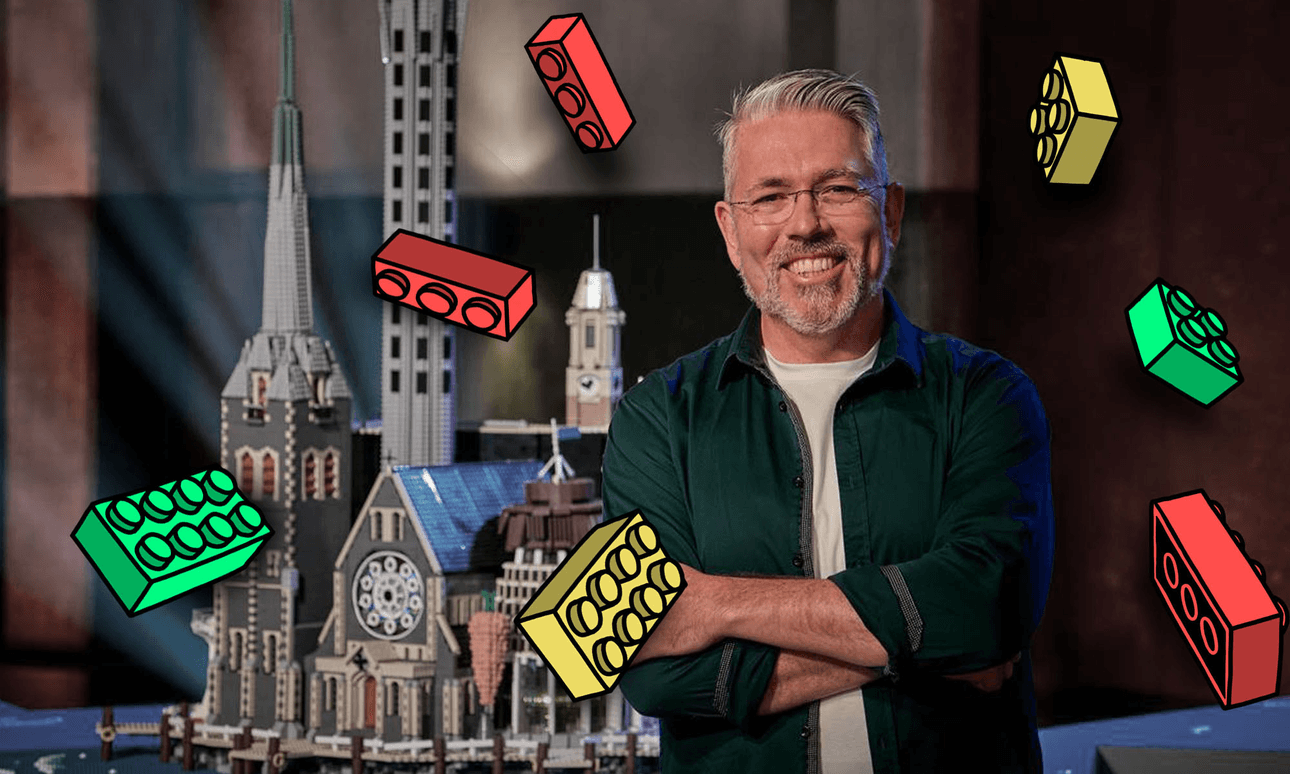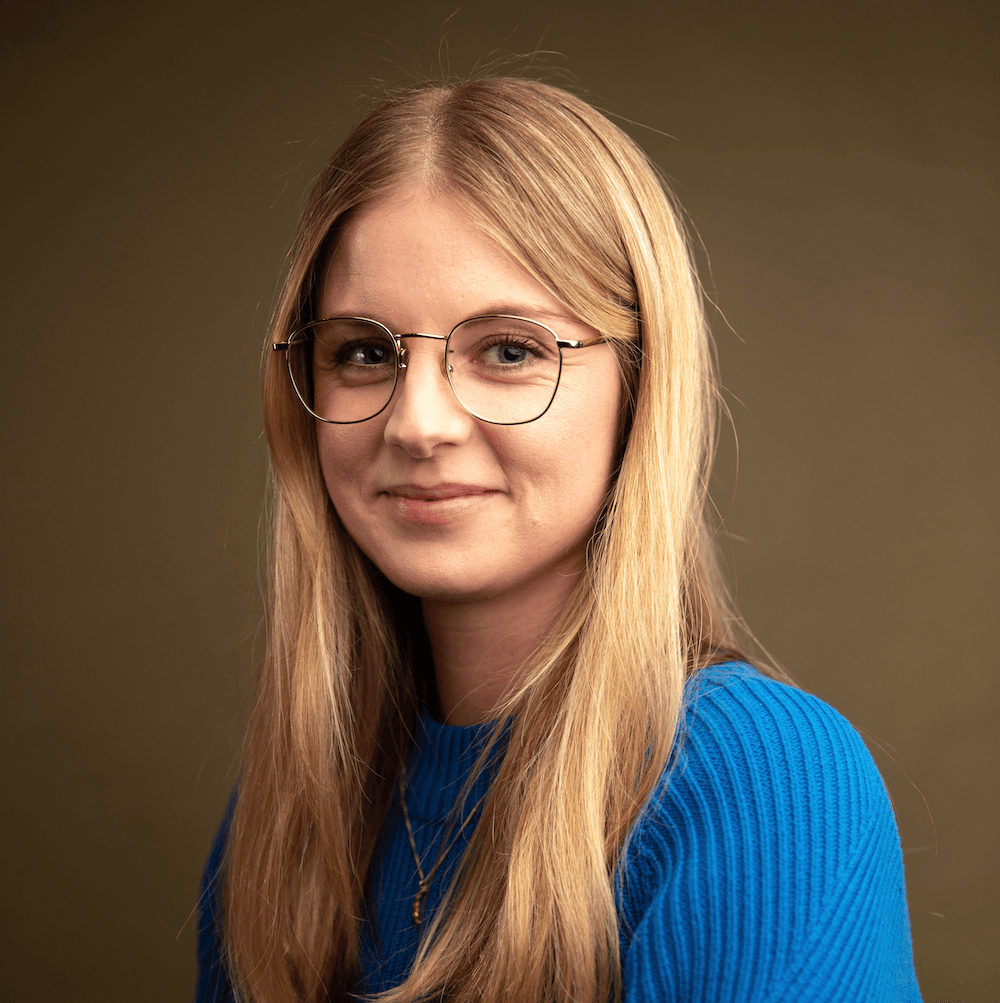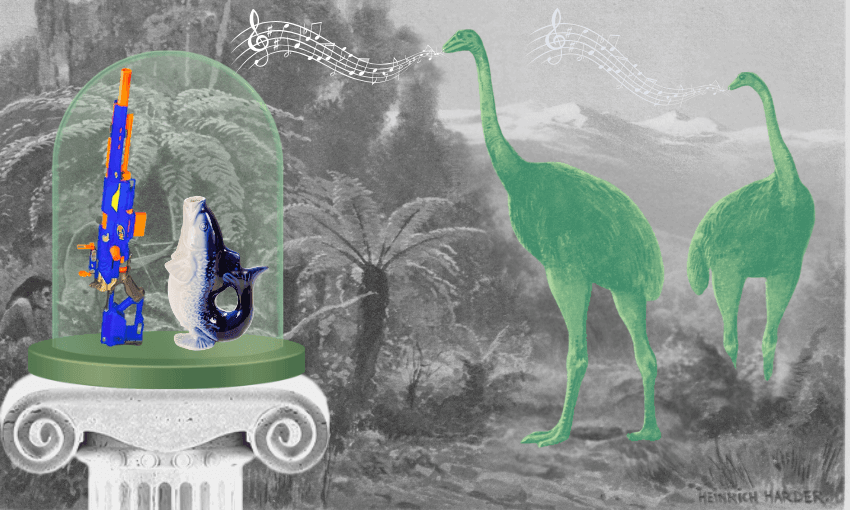He’s one of a handful of Lego-certified professional builders in the world, and he’s come to New Zealand to judge our creations.
Robin Sather has trodden on countless Lego bricks in his life. “You kind of get immune to it after a while,” he laughs. “There are some pieces that are worse than others as well – those little tiny ones with the pointy edges? They can definitely hurt.” But given he holds the title of the world’s first Lego-certified professional builder, Sather’s learned the secrets about how to avoid the pain of a soft foot pad making contact with a rogue plastic brick.
“The rule in my house is that if you build something, you have to clean up the floor,” he explains.
Behind the scenes of Lego Masters NZ, it is a little bit harder to keep things clean and tidy. Behind a nondescript studio door, an army of Lego enthusiasts are hard at work dismantling the latest gargantuan creations made by the Lego Masters NZ teams. Each brick is tossed to its allocated container to be brought back into the brick pit, the set’s technicolour pick’n’mix of over two-and-a-half million bricks.
Flitting about said brick pit, Sather is like a big Canadian kid in a candy shop. He holds up a very small Lego sheep (“it’s New Zealand, we had to have sheep!”), rustles through a bin of 1,400 different types of Lego hair and plucks out his absolute favourite Lego head like a rare diamond (“my favourite is the old school smiley”). His enthusiasm for Lego is infectious – he even gifts me two small Lego bunnies on arrival.
Sather says he got his first Lego from a thrift store when he was a toddler. “It was just a little container of used Lego – my family wasn’t very well off – but I was just off and running from there.” Lego stuck through his childhood and into his teens, where it was not one of the coolest pastimes a 17-year-old could have. “I am old enough that that was pre-internet, so I literally thought I was one of three people in the world,” he explains. “I was very closeted, very secretive.”
When the internet took off, so too did the Lego community. “That’s when I discovered that there weren’t three of us, there were about 30 million of us that were older Lego fans,” says Sather. In Canada, he began setting up clubs for building enthusiasts and creating large scale displays for anyone who wanted them. “Anyone who could make anything could just jump at it,” he says. “We would do trains, we would do town layouts, we would make a space display – anything that meant doing a bunch of building, we would do it.”
The builds continued to get more and more ambitious as Sather found his particular niche, many of which can be found on his incredible website. “I like historical things – pirates, castles, architecture, that’s my favourite stuff to build.” He remembers doing a full Harry Potter-themed Hogwarts display in the early 2000s, well before the Lego Harry Potter range arrived. As well as the creative element, Sather thrived on bringing Lego creators together – co-ordinating meets where individuals would show up with their own part of a large Lego town, for example. “I liked the admin of it all,” he laughs.
By 2004, Lego was slowly taking over Sather’s life. “For two days a week full time we would be planning these things and I was thinking ‘something’s got to give here’,” he recalls. He had good ideas and he was making money doing corporate builds, which is when the Lego penny dropped – what if he did it all with Lego’s blessing? “I thought because this is doing such good things for the Lego company, surely they would want to support something like this?” He drafted up a pitch for a job as a professional Lego builder, and Lego loved it.
“That’s how I was able to become a full-time Lego builder and events person in Western Canada without having to move to Denmark, home of Lego.”
With the might of Big Lego behind him, Sather made Lego his full-time job in the mid-2000s and hasn’t looked back. He’s only had one major Lego disaster that he can recall, during a build for a giant sign at a comic expo in Vancouver. Comprised of two parts, each the size of a large dining table, Sather found himself building up until the last minute and didn’t have time to glue them together. It was a risky move considering they had to be stacked on top of each other on a cart to get across the expo floor, and that said cart would hit a rogue pebble on its journey.
“The top piece instantly dislodged and shattered on the floor, literally 30 metres from where it was going to be displayed” he shudders. “That was that – I just picked up the pieces and said ‘no sign, sorry, it’s too late’.”
Thankfully, there have been no such large scale disasters so far on Lego Masters NZ, the latest brick-based creation for Sather to add to his impressive Lego CV. But that doesn’t mean the show hasn’t had its fair share of challenges. “We are a long way from everywhere here,” Sather laughs. “When I came here there was nothing – I didn’t know any builders, I didn’t know how much space we would have, I didn’t have any bricks here.” Shipping and supply issues in the middle of a pandemic also made it tricky to source all the bricks, but Sather had faith in the Lego gods.
“I needn’t have worried, because everything came together,” he says. “The team was on top of it, and here we are. Amazing crew, amazing brick pit, amazing staff.”
Sather’s role on the show itself extends well beyond being the on-camera judge. Where on international iterations of the franchise the brickmaster only appears to chat to the teams and judge their creations, Sather is wearing multiple hats on Lego Masters NZ. “I’m managing all of the pre-builds, the big set pieces for various episodes, the brick pit, the sorting of bricks and the crew that is taking everything apart,” he explains. “When I’m not on set I’m out the back with local builders who are rendering my ideas for future episodes.”
Being brickmaster has given Sather fascinating insights into New Zealanders’ Lego talents, but also our shortcomings. “There are some phenomenal stories being told, great building techniques, but there is this humility as well that is a very Kiwi thing – it is a very Canadian thing too,” he says. That humility can also sometimes get in the way. “The self-deprecating thing, this whole imposter syndrome thing of ‘I don’t belong here, I am a terrible builder, why am I even here?’” Sather groans. “Everyone thinks that. It’s ridiculous.”
Having had a sneak peek at what the Lego Masters NZ contestants have built, the imposter syndrome is just that. “There are some really emotional moments where builders surprised themselves with that they come up with when they just let themselves go,” Sather says, beginning to tear up as he describes the successes on the show. “They just do unbelievable work – we saw some really, really nice moments where people created some stuff that they might not have been able to do outside of this context.”
As for those of us who don’t have access to two-and-a-half million bricks at home, Sather says Lego can still provide a creative escape for us drones welded to our screens all day. “We are still organic creatures,” he says, “we haven’t ascended into a digital realm just yet, so we are always going to be about the senses and the tactile, which is why Lego is what it is.” He encourages everyone, young and old, to dust off their old Lego sets and get building while they watch along with the show. “Its a space to make cool stuff and tell really interesting stories with just those little bricks,” he says.
Above all else, Sather says remembering to have fun and muck around is the most important part of the Lego experience – something kids know innately, but adults tend to forget.“It’s kind of a safe creativity where sometimes you might not even know what you are building, but it comes to you as you go,” he says. “That’s the beauty of Lego, it pulls stories and creativity out of you that you didn’t even know were there.”
Lego Masters NZ screens at 7.30pm Monday and Tuesday nights on TVNZ 2 and streams on TVNZ OnDemand.
Follow The Real Pod on Apple Podcasts, Spotify or your favourite podcast provider.



